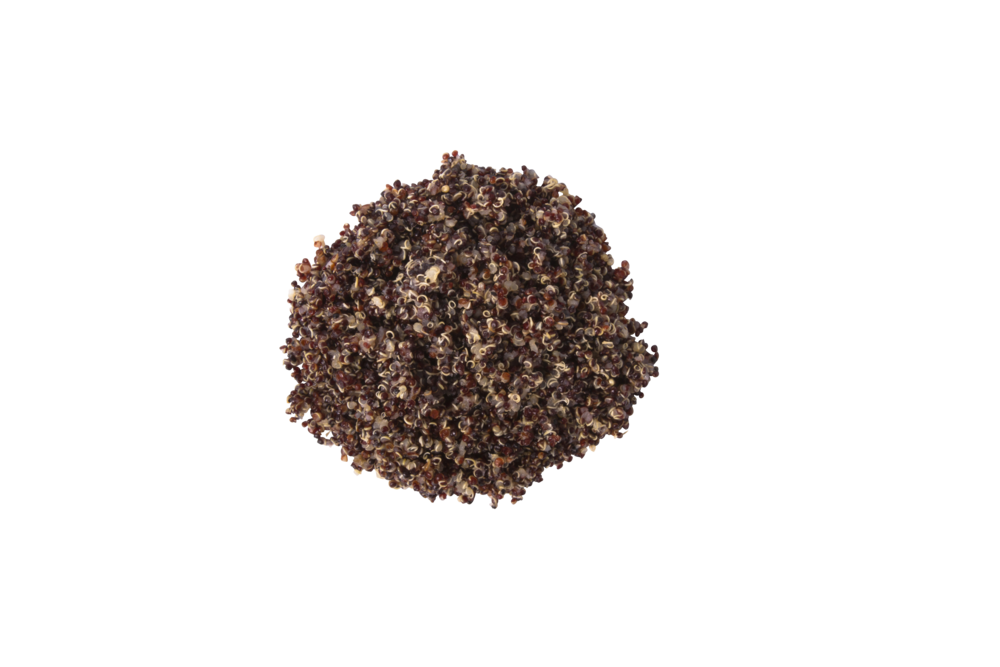I encourage parents to start with high iron foods then add in vegetables and fruit. So, when I get around to giving babies grains, including a high iron one is a benefit.
I often get asked if grains should not be given until 1 or 2 years old. Although I do encourage parents to wait to feed grains to their baby, I only encourage them to wait until at least 6 months, and the reason is amylase.
Amylase, an enzyme, is an important component of carbohydrate digestion. Amylase is found in saliva (salivary amylase) and the pancreas (pancreatic amylase). Salivary amylase starts the breakdown of complex carbohydrates in your mouth, and in infants levels start to rise between 3-6 months. In the small intestine, where most digestion takes place, pancreatic amylase levels start to increase in babies around the 7 to 8 month mark.
As you can see, I would not choose to feed grains before 6 months. As amylase is also needed for the digestion of carbohydrates in fruits and vegetables and we introduce these foods right around the 6 month mark your baby could break down grains at this point. However, I suggest avoiding the infant rice cereal and instead using other high iron foods.
Although I don’t recommend offering any food to your baby before 6 months, I find that by the time you baby is eating some high iron foods and some fruits and vegetables you usually wont get around to gains until they are somewhat older.
Now going back to the gluten free comment I mentioned at the beginning. I definitely do not encourage babies to be gluten free. When I start introducing grains I typically go with gluten free first before adding in a grain containing gluten. That being said, I do add a gluten containing grain sooner rather than later as the newest research is showing that this is actually a benefit. So with quinoa being gluten free, but also higher in iron, I like to introduce it as one of the first, if not the first grain.
This baby at first was a little taken-a-back by the texture and taste of the quinoa. However, it only took a few handfuls for him to be enjoying it. For him, eating quinoa was a big learning experience and you could see him examine each handful in great detail before placing it in his mouth. What a wonderful example of how much learning is involved with starting solids!
Do you have more questions about feeding your baby solid food? Contact Jill, Nurture The Future’s Registered Dietitian at [email protected]


 RSS Feed
RSS Feed

.png.aspx?width=150&height=150)
